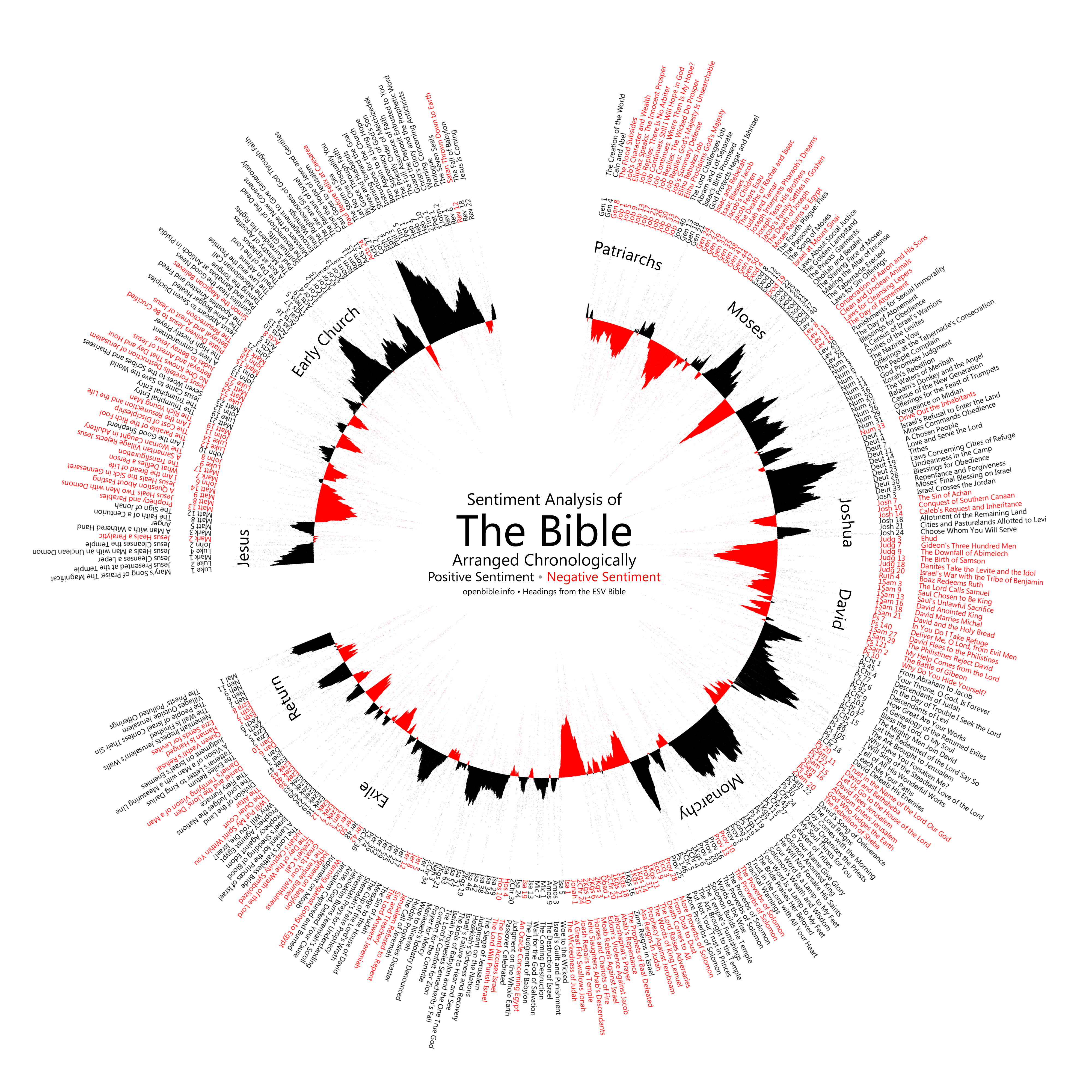 Saw this visualization of a section of Open Bible’s dataset at O’Reilly Radar and instantly thought about this being a spatially-oriented application. Here’s my thinking:
Saw this visualization of a section of Open Bible’s dataset at O’Reilly Radar and instantly thought about this being a spatially-oriented application. Here’s my thinking:
The application would essentially be a single page, similar to Google’s landing page. The page would be connected to Open Bible’s dataset as that’s the only thing you’d be searching against.
You would then type in a phrase or term, and that would display not as a list, but as an zoomed-out (exploded) view of the entire data set. If you will, similar to the image attached to this post.
You would then get a command to press and hold the camera button (or volume button if you are on an iPhone, ha) in order to view into the data. Think like taking a Wii controller and moving around in a small space. That’s what you’d be doing here to navigate around the dataset.
Depending on the data’s output, it could be a circle (like pictured) or something more 3D (like GloBible) or even something 4D (going up/down/left/right/in/out to go through series within the data).
Yes, I’m aware that doing this would seem like it would be physically taxing, but the point here is an application that takes the aspect of searching and seeing associations between concepts and adds your motion as part of your means of tracking with the item. Given that many larger-screened mobile devices have some sense of direction (either through a compass and/or acceleromoeter), this could be something that really works to the advantage of internalizing concepts and placements of context in a similar manner that people describe knowing where something is in the Bible because they remember where it is on the page, not necessarily remembering the address or specifics of the context.
I’m pretty sure that something like what I describe can be done with PhoneGap. And, it could even be done almost completely in a browser, making it basically such that the coding to make this happen would be as open as the data hosted at Open Bible.
So what do you think? And think beyond your use of an app to search and see associations (many of you might be frequent users of Logos and not see the logic in doing a spatial interface like this). Picture how this could translate into taking these smartphones and allowing people who might be more sensitive to motion-interfaces to pick up and understand the Bible because its no longer presented or taught in a stricly linear manner.